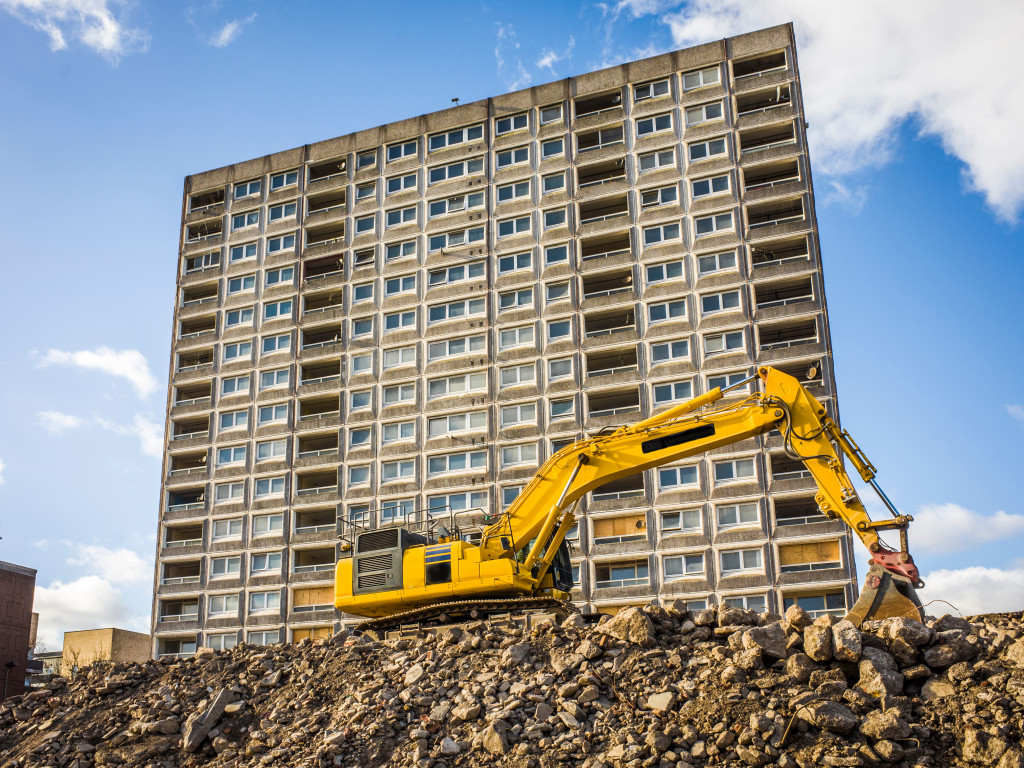Construction in remote areas is very important for the development of regions. It can provide jobs, infrastructure, and economic growth. The problem is that construction equipment needs to be transported over long distances which are often not paved or have no roads at all. This can be a major hurdle due to a lack of access to resources such as fuel, food, water, and medical supplies. How do you overcome this?
1. Get a permit from the city
Getting permits from the city or local government before you start building anything is crucial. It is the official way to start construction projects in an area. Without it, your work can be considered illegal. Especially for secluded areas, this is a must.
While you are getting permission from the city, you should also get permission from the local people that would be affected by what you are doing. If they don’t agree with what you are doing, it will be difficult for you to finish your project.
2. Find out if there is an area plan in place for your property and what it entails
You may be required to abide by any rules and guidelines that the city has in place. These might include limits on what you can build, where you can build, and how tall you can build.
3. Hire local people to help with construction
You should hire some locals to act as security guards or drivers for transport equipment. If possible, try hiring workers who are residents of the community where your project is taking place. By doing this, the locals will be more likely to support your efforts.

4. Check with the power company to see if you need to install any new lines or poles on your property before construction begins
If you are constructing a building, you might have to put in new power lines or install electricity. It will cost less if the company installs it before construction starts rather than after. You should also contact your local telephone service provider for connecting phone lines. But if power is not readily available in the location, you have to prepare your own generator which you can purchase from doosanportablepower.com.
5. Contact the water company to find out how much water will be needed during construction, and get a quote for installation of a well or other sources of water
Additionally, you have to think about water power if you are going to set up a factory or have a lot of workers on site. You can’t simply rely on rainfall because construction is often a long-term project that will take many months.
6. Figure out where you are going to dispose of waste material created during construction, including dirt, concrete, metal scraps, etc.
A construction site can produce a lot of waste material. Before you start clearing the area, you need to figure out how and where these wastes will be disposed of. There are chances that you will need a large amount of land or a nearby landfill to accommodate this waste.
7. Build a temporary base camp
In order to start building, you need a base camp where you can store your equipment, shelter workers, and set up your operations. You will need to find or clear enough land to fit all of this without obstructing the space for the actual build.
8. Build the construction site in stages
Building in stages is a great way to start small and expand as you go on. This way, you won’t have too much of the area transformed before it’s necessary. You can also hire locals for each stage if possible. For example, you might want to start by building a road or clearing some vegetation.
9. Have a ton of patience when starting construction in an isolated area
It takes a lot of time and effort to get everything up and running, so be prepared for this. It’s not something that will happen overnight even if you decide to build in stages. There will be many challenges along the way such as transporting construction equipment and supplies, building infrastructure, dealing with workers’ safety, security, and living conditions,
Starting a construction project in a remote area can be difficult, but with careful planning and execution, it can be done. By following the tips we’ve outlined in this article, you’ll be well on your way to starting your project without any major hiccups. Keep in mind that it will likely take longer than you expect for everything to come together, so be patient and stay focused on your goal. Good luck!
